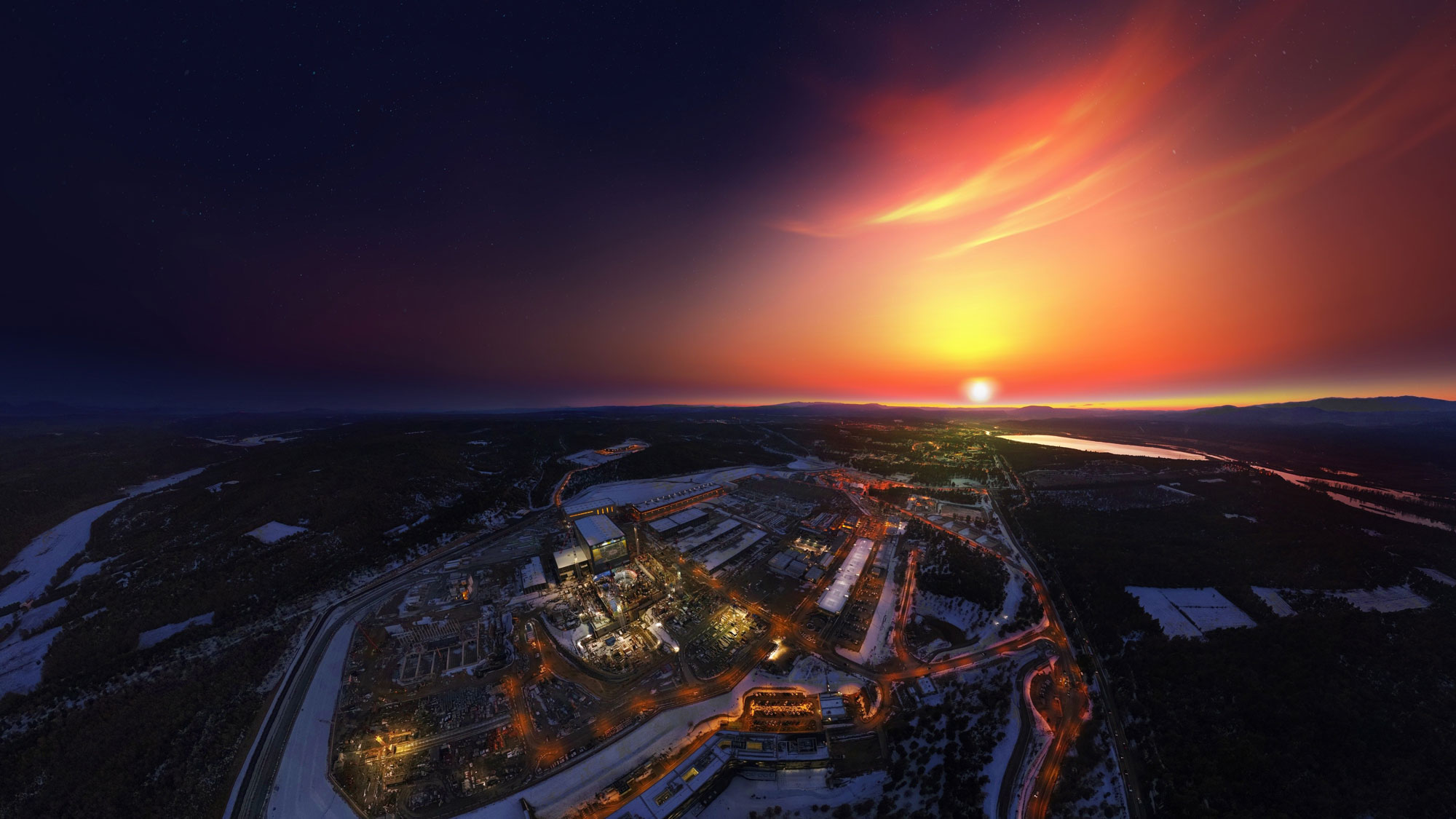Researchers have been working for the past four years to reproduce one of science’s most controversial experiments: re-creating the power of the sun in a tabletop experiment.
What is cold fusion? Fusion is what happens at the heart of stars, where hydrogen atoms get squeezed together to fuse and create helium, releasing huge amounts of energy in the process. Major projects like ITER in France hope to one day replicate it at scale on Earth. It’s incredibly complex because it requires huge amounts of heat and pressure. (ITER uses a cloud of hydrogen gas at around 150,000,000 °C (270,000,000 °F) 10 times hotter than the sun’s core, held in place by giant magnets.) Cold fusion is the idea that you can get the same result at room temperature.
Sounds amazing—is it legit? Er, no. In 1989, University of Utah scientists Stanley Pons and Martin Fleischmann said they had run electricity across two plates made of palladium sitting in deuterium, or so-called heavy water, and produced heat. The claim was sensational. If true, it would have been the discovery of a plentiful, clean energy source.
Don’t settle for half the story.
Get paywall-free access to technology news for the here and now.
